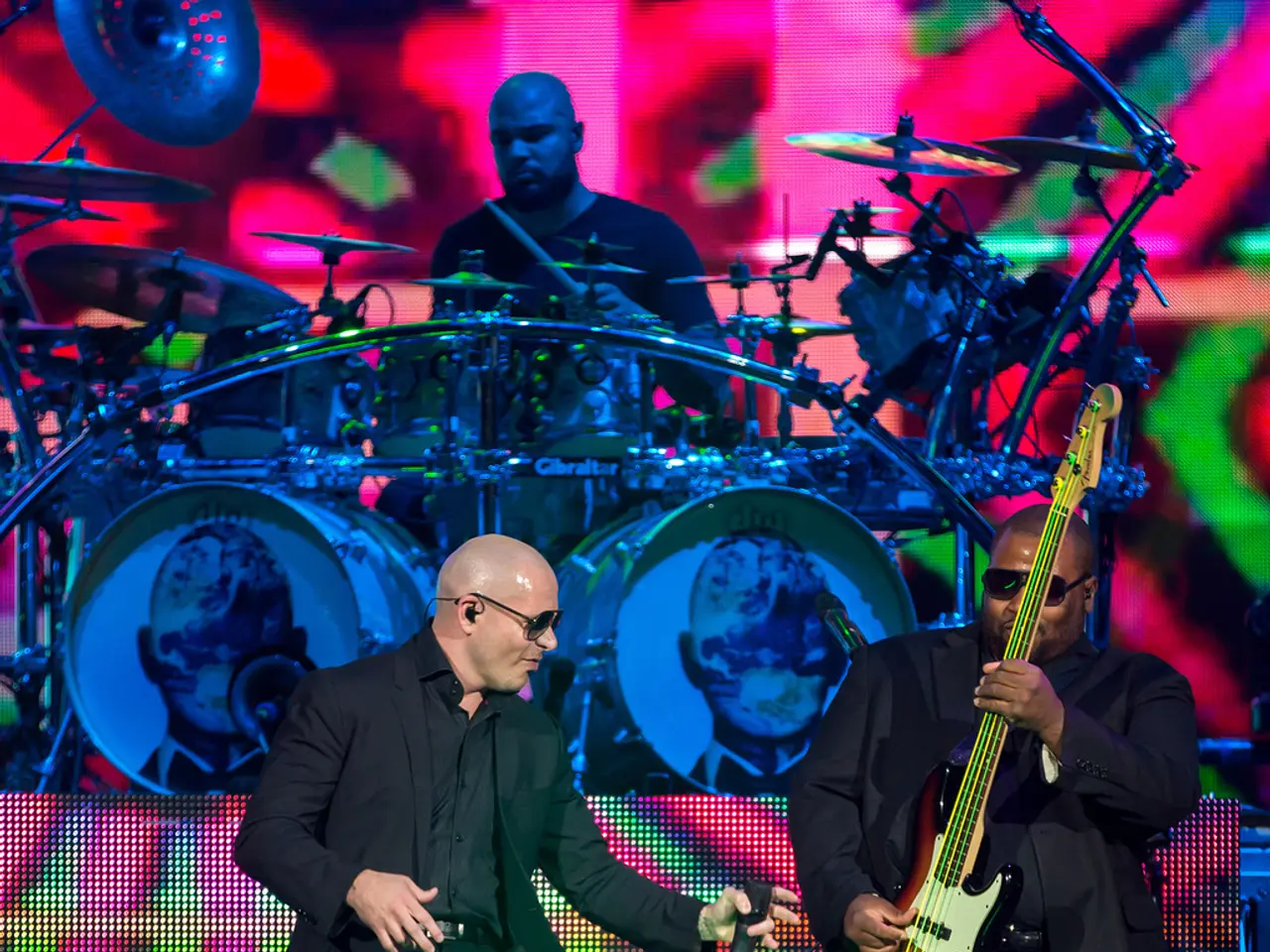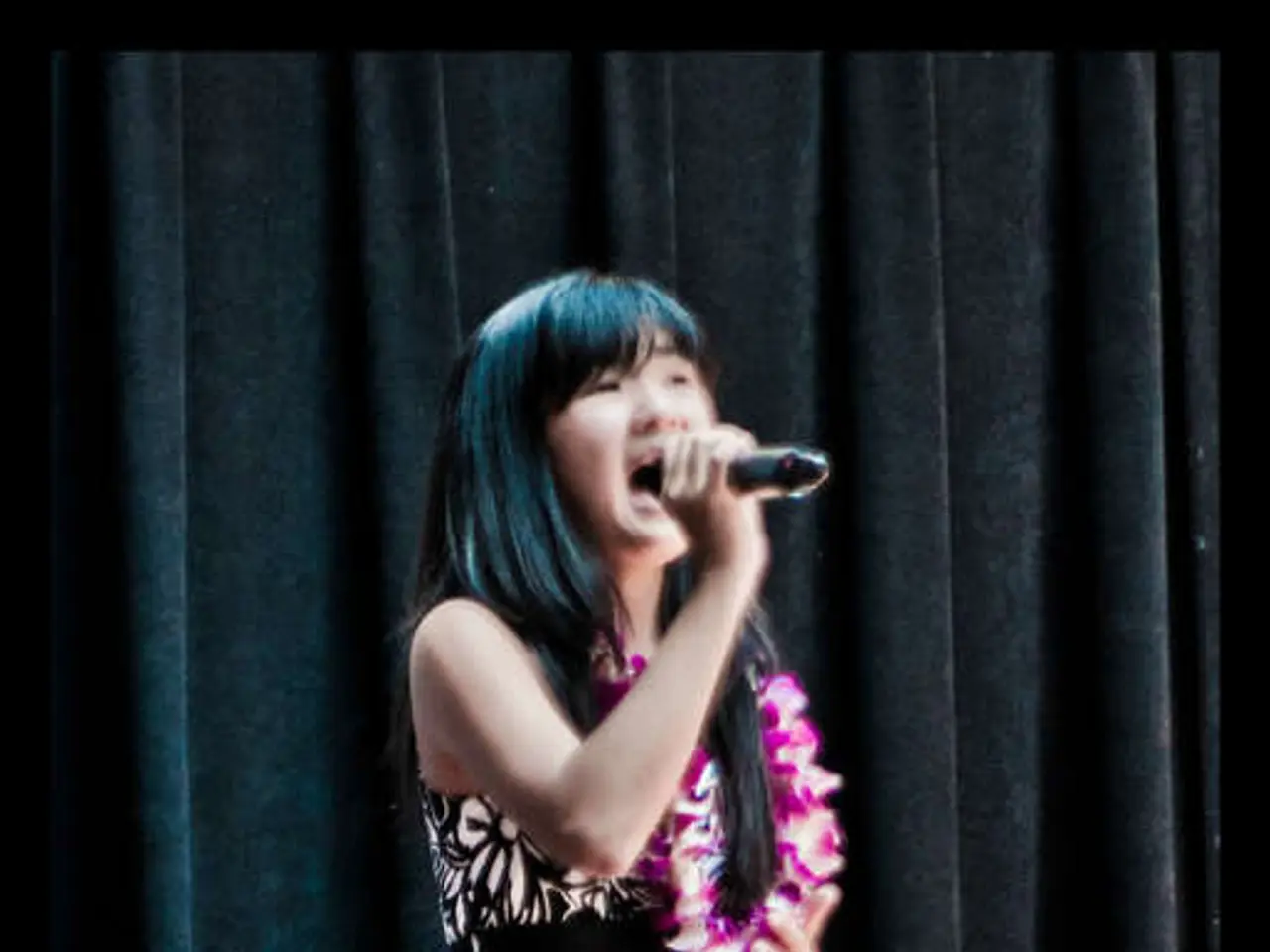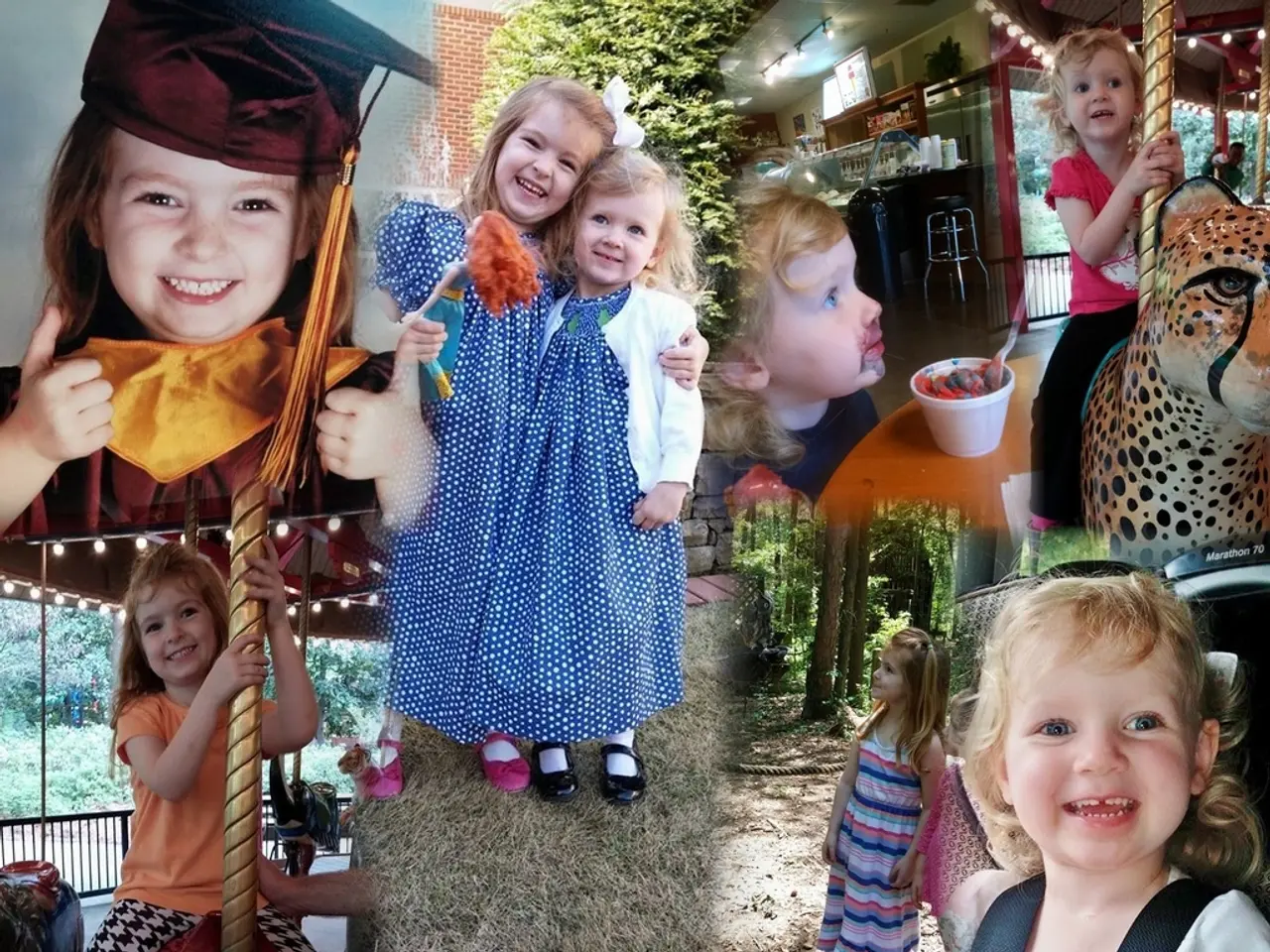The surge of heartthrob Bodies in the 1960s, you ask? or Simply, the widespread popularity of teenage heartthrob Bobbys during the 1960s.
===============================================================================
In the 1960s, the name Bobby was a common moniker among popular musicians, a trend that can be traced back to the popularity of the name Robert in the 1930s and 1940s.
During this period, Bobby Darin found success with a more sophisticated sound, including the iconic song "Mack the Knife." Darin topped the charts with "Splish Splash" in 1958, and his music paved the way for the pop stars of the 1960s.
Another notable Bobby, Bobby Vinton, had eight top ten hits in the '60s, with many of them having a blue theme, such as "Blue Velvet" and "Blue on Blue." If asked who sang "the blues" in the '60s, one might have said Bobby Vinton.
Bobby Vee, another successful singer, had six top ten Billboard hits in the 1960s, including "The Night Has a Thousand Eyes," "Take Good Care of My Baby," and a song where he hiccupped like a "Rubber Ball."
The soul charts were also dominated by Bobbies like Bobby Womack, Bobby Lewis, Bobby Freeman, and Bobby Smith. Etta James soulfully wailed about her one true love in "Bobby Is His Name."
Before the British group John, Paul, George, and Ringo, Bobby Day topped the charts with "Rockin' Robin" and "Over and Over" in 1958.
The name Bobby was also popular in the country music genre, with Bobby Goldsboro, Bobby Bare, and Bobby Sherman finding success there. Lesley Gore warned about a girl trying to trap someone in "Run Bobby Run."
The name Bobby (commonly a diminutive of Robert) was extremely popular among American boys in the 1930s and 1940s. This widespread popularity explains why there was a significant number of singers named Bobby emerging in the 1960s. Boys named Robert (and thus nicknamed Bobby) from the 1930s and 1940s would have been reaching young adult age and entering show business during the 1960s, the era of teen idols and pop stars.
The 1960s teen idol phenomenon coincided with young men from those birth cohorts beginning music careers. The presence of many "Bobbys" mirrored demographic naming trends from preceding decades.
The 1940s and 1950s also saw the rise of youth subcultures centered around music, such as the "bobby-soxers" who were teenage fans of singers like Frank Sinatra. As the music industry evolved into the 1960s with an emphasis on teen idols, a large pool of young men named Bobby naturally contributed to the prevalence of that name among pop singers and teen heartthrobs at the time.
The piece was copyrighted in 2025 by NPR. It was edited by Clare Lombardo and the broadcast version was mixed by Chloee Weiner with engineering support from Robert Rodriguez.
The author personally graduated to listening to Bob Dylan, Bob Seger, and Bobby Darin (after his more sophisticated sound) and attended a musical on Broadway without parents for the first time in 1970.
Stephen Sondheim's Company started with the lyrics mentioning Bobby, and Marcie Blane sang a song titled "Bobby's Girl."
In summary, the popularity of the name Bobby in the 1960s can be attributed to the widespread popularity of the name Robert in the 1930s and 1940s, the rise of youth subcultures centered around music, and the 1960s teen idol phenomenon. The presence of many "Bobbys" in the music industry during this period reflects these cultural and demographic trends.
In the realm of entertainment, the 1960s pop-culture was heavily influenced by the music industry, with a significant number of singers named Bobby reflecting the widespread popularity of the name Robert in previous decades. stephen Sondheim's musical, Company, even started with lyrics mentioning Bobby, highlighting the impact of this name in the pop-culture of the era.







